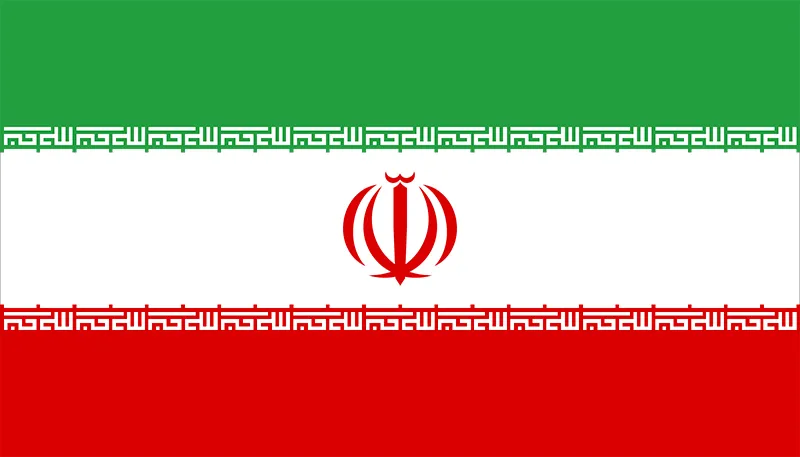Last week, UN Human Rights chief Volker Turk said that 14,000 people, including children, had been arrested in the crackdown on the protests.
After months of deadly protests that began after Mahsa Amini was arrested for allegedly breaching Iran’s dress code, the hijab law is now under review.
The attorney general said Iran’s parliament and Judith airy are reviewing a law requiring women to cover their heads, which triggered two months of deadly protests.
On September 16, Mahsa Amini, a Kurdish Iranian who was 22 years old, died in custody after being arrested by the Iranian morality police for breaking the dress code.
Head coverings have been burned and anti-government shouts have been raised by protesting Iranians. As a result of Amini’s death, a growing number of women in Tehran’s fashionable north are not observing hijab.
In April 1983, four years after the 1979 revolution that overthrew the US-backed monarchy, the hijab headscarf became obligatory for all women in Iran.
Mohammad Jafar Montazeri said in Qom, the sacred city, that both the parliament and the judiciary are working on whether the law should be changed.
He did not specify what could be changed in the law, as quoted Friday by the ISNA news agency.
The attorney general said that at the meeting with the parliament’s cultural commission last Wednesday, the review team will see the results in a week or two.
Women began wearing tight jeans and colorful, loose headscarves after the hijab law became mandatory, due to changing clothing norms.
Raisi, an ultra-conservative, called for the enforcement of the headscarf law in July this year.
Even though many women continued to break the rules, they continued to bend them.
Iran claims that the United States and its allies, including Britain, Israel, and Kurdish groups based outside the country, are fomenting the street violence, which the government describes as ‘riots,’ to undermine Iran’s sovereignty.
More than 300 people have reportedly been killed in the unrest since Amini’s death, according to an Iranian general belonging to the Islamic Revolutionary Guard Corps.
More than 200 people have been killed during the protests, Iran’s top security body, the Supreme National Security Council, said Saturday.
According to the state news agency IRNA, a total of 48 people, including security personnel and civilians, as well as armed separatists and rioters, were killed.
Iran Human Rights, a non-governmental organization based in Oslo, said on Tuesday that at least 448 people had been “killed by security forces during the ongoing nationwide protests.”
Last week, UN rights chief Volker Turk said that 14,000 people, including children, had been arrested in the protest crackdown.



















